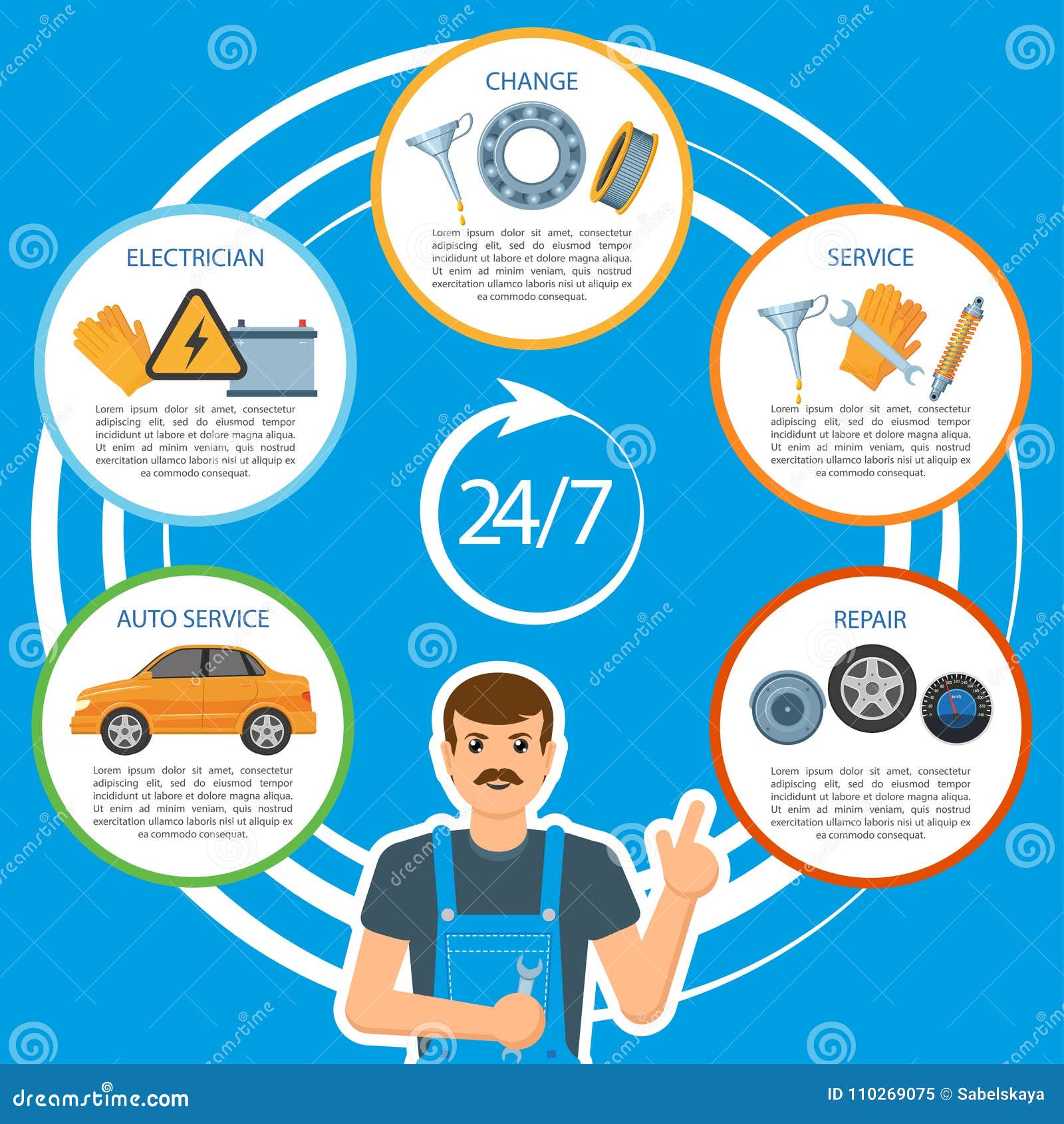When you lag the wheel, those glowing warning lights on your control panel can be a bit difficult. Do you understand what they're attempting to tell you about your automobile's wellness? Understanding the importance of these lights is crucial for your safety and security and the long life of your lorry. So, the following time among those lights appears, wouldn't you want to decode its message precisely and take the needed actions to address it?
Common Caution Lights and Interpretations
Determine common caution lights in your auto and comprehend their definitions to make certain risk-free driving.
https://www.wusa9.com/article/news/local/virginia/how-to-keep-car-out-of-shop-auto-parts-shortage-virginia/65-cc292abf-63a4-46a2-80fa-988c759cc438 consist of the check engine light, which signals problems with the engine or discharges system. If this light begins, it's critical to have your vehicle inspected promptly.
The oil stress warning light suggests low oil pressure, calling for immediate focus to stop engine damages.
A blinking battery light could recommend a damaged billing system, possibly leaving you stranded otherwise addressed.
The tire stress surveillance system (TPMS) light informs you to reduced tire pressure, affecting vehicle stability and gas effectiveness. Neglecting boat detailing auckland could cause unsafe driving problems.
The ABS light suggests an issue with the anti-lock stopping system, jeopardizing your capacity to quit rapidly in emergencies.
Lastly, the coolant temperature alerting light warns of engine overheating, which can result in severe damages if not settled quickly.
Understanding these usual caution lights will certainly help you attend to problems quickly and preserve risk-free driving conditions.
Importance of Prompt Interest
Comprehending the usual caution lights in your auto is just the primary step; the value of immediately resolving these cautions can not be emphasized sufficient to guarantee your safety on the road.
When a caution light illuminates on your control panel, it's your vehicle's means of communicating a potential issue that needs focus. Neglecting these warnings can bring about extra extreme problems in the future, endangering your safety and possibly costing you more in repairs.
Trigger interest to advising lights can stop failures and accidents. As an example, a blinking check engine light might indicate a misfire that, if left unattended, could cause damages to the catalytic converter. Addressing this immediately can save you from an expensive fixing.
Similarly, a brake system warning light might signal low brake liquid or worn brake pads, critical parts for your safety when driving.
Do It Yourself Troubleshooting Tips
If you observe a caution light on your dashboard, there are a few DIY troubleshooting tips you can try before looking for expert help.
The primary step is to consult your vehicle's guidebook to recognize what the certain warning light shows. In some cases the concern can be as straightforward as a loose gas cap setting off the check engine light. Tightening up the gas cap may deal with the problem.
One more common problem is a low battery, which can activate different advising lights. Inspecting the battery connections for deterioration and ensuring they're protected might repair the problem.
If a warning light continues, you can attempt resetting it by detaching the vehicle's battery for a few mins and after that reconnecting it. Additionally, inspecting your car's fluid levels, such as oil, coolant, and brake liquid, can aid fix cautioning lights associated with these systems.
Verdict
Finally, understanding your automobile's warning lights is crucial for keeping your lorry running efficiently and safely. By quickly addressing these notifies and understanding what they imply, you can prevent pricey repairs and potential breakdowns.
Keep in mind to consult your auto's handbook for specific information on each alerting light and take action as necessary to ensure a hassle-free driving experience.
Remain educated, stay risk-free when driving!
